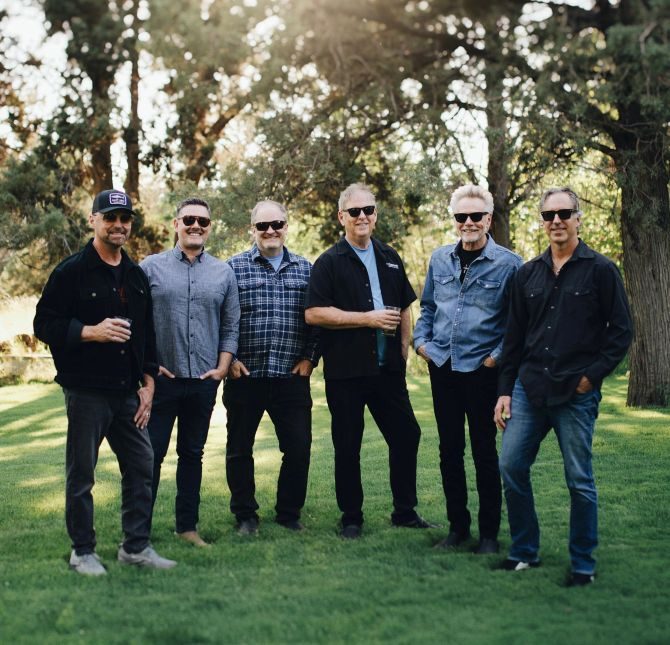Jill Kinmont Boothe, paralyzed ski champ, became role model
Published 4:00 am Sunday, February 12, 2012
Jill Kinmont Boothe was the national women’s slalom champion and on the cover of Sports Illustrated when she set out to win a 1955 race that would help put her on the U.S. Olympic ski team. As she sped down a Utah mountain slope, she lost control on an icy bump, struck a spectator, crashed and tumbled into a tree.
When she finally came to a stop, she couldn’t feel anything. This must be death, she later recalled thinking. Her neck broken, she was paralyzed below her shoulders, her promising career as a skier over at 18.
But Kinmont Boothe became a role model of a different sort, the subject of a book and two Hollywood films, a teacher and a painter who refused to let her crippling injuries turn her into a different person.
She died Thursday at a hospital in Carson City, Nev., said Ruth Rhines of the local coroner’s office. Rhines could not confirm reports that Kinmont Boothe died of complications related to surgery. She was 75.
A Los Angeles native, she was born Feb. 16, 1936, and in her early teens moved with her family to the Owens Valley in California, where her father ran a dude ranch in Bishop. She learned to ski at nearby Mammoth Mountain and in 1954 won both the national junior and senior slalom championships.
She was, in the words of 1950s press accounts, a “plucky, pretty” blue-eyed blonde — the mid-century ideal of young womanhood.
“Everybody that I knew at that age thought Jill was about the cutest thing around; she really was a beautiful young lady and a phenomenal skier,” said Alan Engen, a former U.S. ski competitor and ski historian who met Kinmont Boothe as a young racer. “At the time that she had her accident, she was probably the premier up-and-comer women’s U.S. skier.”
Her crash before several thousand spectators at the Snow Cup giant slalom race in Alta, Utah, made headlines. When she returned to Southern California after two months in a Salt Lake City hospital, crowds of reporters and cameramen greeted her at the train station.
Despite a broken neck, she told them she hoped to walk and even ski again. She had the use of neck and shoulder muscles and learned to write, type and paint with the aid of a hand brace. But she spent the rest of her life in a wheelchair.
After graduating from the University of California, Los Angeles, with a degree in English, she applied to the university’s school of education and was rejected because of her disability, she later said. Undaunted, she moved north with her parents, earned a teaching certificate at the University of Washington and taught remedial reading in elementary schools on Mercer Island.
When she and her mother returned to Los Angeles after her father died in 1967, one Southern California school district after another refused to hire her. Eventually the Beverly Hills school system hired her to teach remedial reading for a number of years.
“To get mad, to scream and holler, to tell the world — that doesn’t get you anywhere,” she said in a Los Angeles Times article, published when the newspaper named her a Woman of the Year for 1967. “You sort of look for what’s good that’s left, I guess.”
By that time, she had endured a number of personal losses. Her teenage boyfriend was killed in an avalanche. A second love died when his small plane crashed in Donner Lake. A UCLA friend who mentored her succumbed to an undiagnosed disease.
Kinmont Boothe and her mother moved back to Bishop in the 1970s, when she met John Boothe and married him. Her husband survives her.
Her life was the subject of a 1966 book, “A Long Way Up: The Story of Jill Kinmont,” by E.G. Valens, and two films, “The Other Side of the Mountain” in 1975 and a 1978 sequel.
“My life has really been very full,” Kinmont Boothe said last year. “I’ve had lots of wonderful experiences.”








